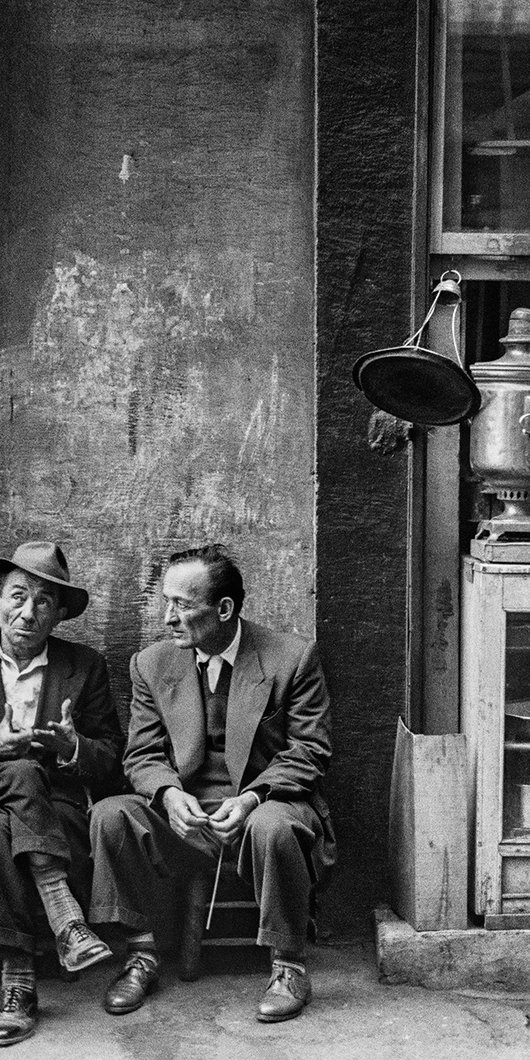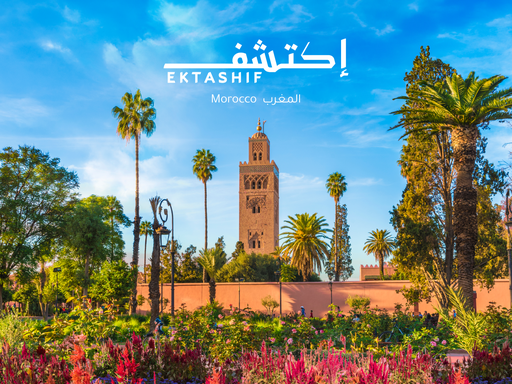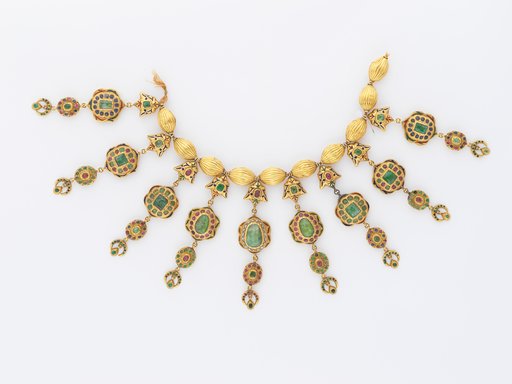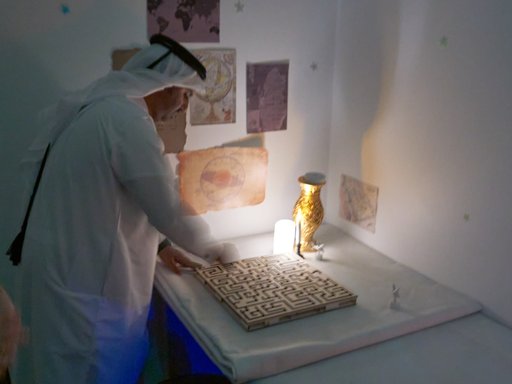Born in Istanbul in 1928, Ara Güler is widely celebrated both nationally and internationally as a master of photojournalism and the art of photography. Having lived until the age of 90, he bore witness to almost the entirety of modern Turkey's history. With a career spanning 70 years, Güler’s work is a visual historical record of Turkey and beyond.
In the Footsteps of Ara Güler: Exploring the Photographer’s Legacy offers a look into the multifaceted career and inspiring life of the renowned photojournalist.
Starting with Istanbul, the city with which Güler became synonymous, the exhibition then takes viewers along a cultural and historic journey across some of Turkey's rich archaeological heritage sites. Thereafter, viewers are greeted by numerous portraits of the 20th century's most recognisable figures across different fields, many of whom Güler befriended throughout his life. The exhibition concludes with a lesser-known side of the artist, presenting his experimental film, Hero's End. The work is an homage to the legendary photographer’s early cinematic ambitions.
Since its invention in 1839, photography has been crucial in facilitating cross-cultural communication and evoking awe for places travelled. Qatar Museums' General Collection houses an internationally acclaimed array of images and objects from photographic history. Presented here, they juxtapose Güler's native lens with the perspectives of 19th-century travel photographers who long viewed Istanbul as a place of wonder.



